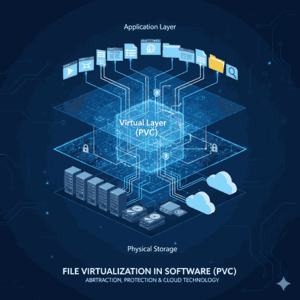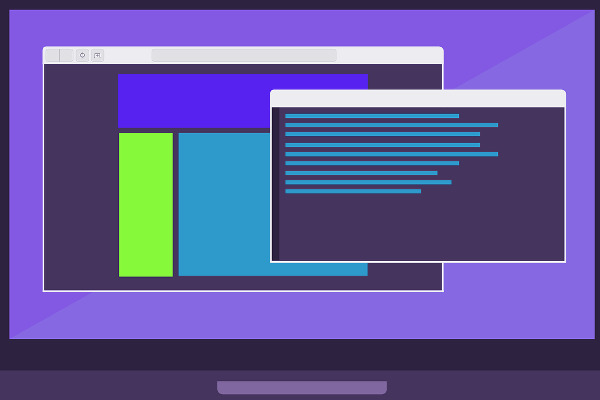In the complicated world of computer software, file virtualization is very important for keeping and maintaining data safe. This technology is not well known outside of technical domains, but it underpins many modern apps, especially in cybersecurity and cloud computing. File virtualization works by putting a layer of abstraction between software and the physical file system. This lets programs act as if they are working with real files or directories when they are really working with virtualized versions of such files or directories.
Main Ideas Behind File Virtualization
The Virtual Layer
File virtualization works by putting a virtual layer between file system activities and the real world. The system doesn’t let an application access a physical drive directly. Instead, it sends those interactions to a virtual destination, like a different folder, a distant server, or even memory-based storage. This redirection happens without the user noticing, so the program keeps working normally while the system takes care of the complicated parts.
Main Uses
There are many real-world uses for file virtualization:
- Application Sandboxing: Programs run in separate spaces where all file changes happen virtually, keeping the host system safe from harm or changes that aren’t allowed.
- Compatibility Layers: It lets older programs run on newer operating systems by sending limited file operations to places where they can be accessed.
- Integration with Cloud Storage: A lot of cloud services employ file virtualization to make virtual disks that look like they have all the cloud data on them, but they only download them when they are needed.
Pros and Cons
The Benefits of Virtualization
There are many advantages to file virtualization. It makes security stronger by keeping applications separate, makes portability better by making it easier to move data between systems, and makes flexibility better by letting developers make software work on more than one platform without having to rewrite code.
The Problems
File virtualization has several problems, though, like the “performance overhead” and the need for “careful configuration” to make sure that data is consistent between virtual and real storage tiers.

Final Takeaway
File virtualization is a powerful part of contemporary computing that most people don’t even know about. It allows for safe, flexible, and efficient data management by keeping programs separate from the physical file system. It is one of the modest but important building blocks of today’s digital environment because its ideas are built into technologies like sandboxing, compatibility layers, and cloud storage.
Discover how our software can boost your skills — connect with us now!







